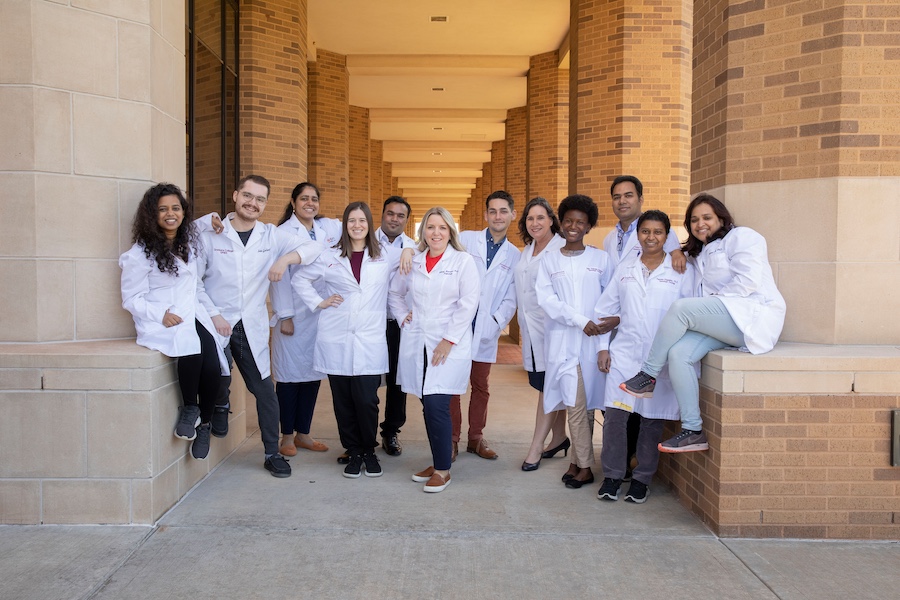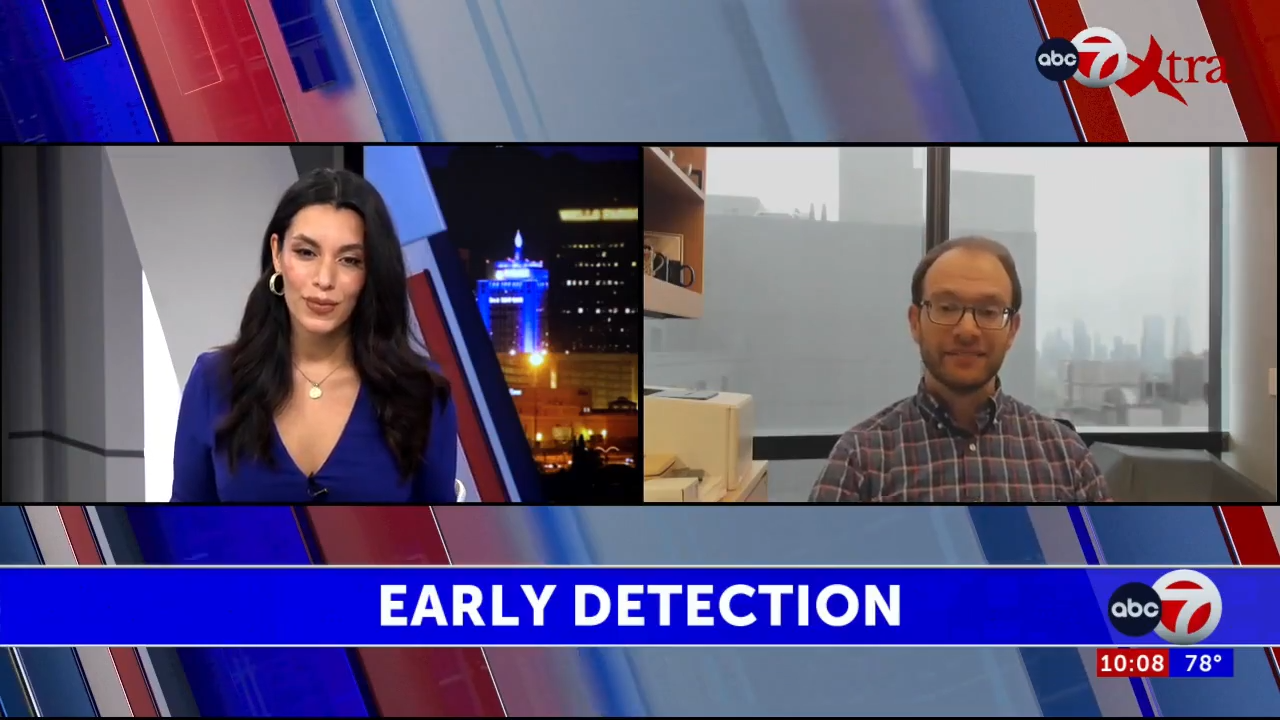(August 22, 2018) Several institutions in the UK recently published their project on finding patterns in DNA mutations. The tumors of 117 women, all of whom were diagnosed with high grade serous ovarian cancer, were processed by computer algorithms. Rather than looking at mutations within each DNA strand, the algorithm identified seven patterns of DNA mutations, caused by multiple mutational processes.
Two of these patterns, or signatures, were associated with poor overall survival, two led to better survival outcomes, and some predicted treatment outcomes, such as platinum resistance. All patients included in the study had more than one signature, which could be an explanation as to why ovarian cancer is so complex and difficult to treat.
Co-leader at the Cancer Research UK Cambridge Institute, Dr. James Brenton, stated that the study, “is a turning point for our understanding of the disease as for the first time we can see patient’s unique combination of mutation patterns and start to identify the genetic causes of a patient’s cancer using cheap DNA testing in the clinic….”
One of the research institutes involved in the study, Imperial College London, summarizes the study here. The abstract in Nature can be found here.


